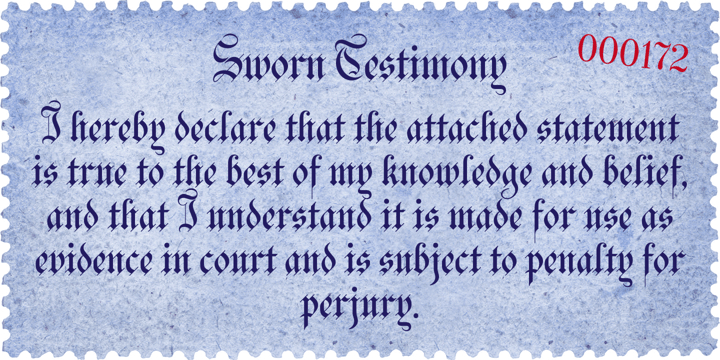

This is the Bank of England's first banknote to be printed in polymer. The notes currently in circulation are as follows: Current banknotes Imageġ941 portrait of Winston Churchill by Yousuf Karsh, the Elizabeth Tower, and the maze at Blenheim Palace, the quote "I have nothing to offer but blood, toil, tears and sweat" from a 1940 speech by Churchill, and the Nobel Prize medal. Each value has its own distinct colour scheme and the size of each note increases in length and width as the value increases. There are currently four different denominations of notes – £5, £10, £20 and £50, all featuring a portrait of Queen Elizabeth II on the obverse. The Bank of England now issues notes, all in polymer, in four denominations – £5, £10, £20 and £50. Bank of England notes are not legal tender in Scotland and Northern Ireland, but are accepted there along with the respective countries' national banknotes. Of the eight banks authorised to issue banknotes in the UK, only the Bank of England can issue banknotes in England and Wales, where its notes are legal tender.

Since 1970, the Bank of England's notes have featured portraits of British historical figures. In 1921 the Bank of England gained a legal monopoly on the issue of banknotes in England and Wales, a process that started with the Bank Charter Act of 1844 when the ability of other banks to issue notes was restricted.īanknotes were originally hand-written although they were partially printed from 1725 onwards, cashiers still had to sign each note and make them payable to someone. Logo and colors must present the bank as trustworthy and professional.Ī logo is the heart and soul of your bank, the image that differentiates you from other financial institutions.īut logo is just a part of the story and logo alone is not a brand.īefore jumping right into designing your logo, you should work on your brand strategy first and define who you are and who you want to connect with.The Bank of England, which is now the central bank of the United Kingdom, British Crown Dependencies and British Overseas Territories has issued banknotes since 1694. Make no mistake: your financial institution’s logo and brand identity is one of the most powerful (if not subtle) weapons in your marketing arsenal.īy describing logos of different banks my goal was to make you aware of the importance of branding a bank or financial institution – it’s always good to learn form the best!ĭo not underestimate the impact it has - whether positive or negative - on people’s perception and your bottom line. Gettin Bank is a small polish bank, but I decided to include it in my list, just to show you that a banking logo doesn't have to be boring. Let's look at some of the top banks and their logos: If we are talking about the popularity of various shapes, we can say that a rectangle is the most popular shape in branding of banks. Square shapes convey feeling of solidity and stability. It is important to know what an individual form means and how our brains read them. Simple sans-serif fonts is what most banks opt for.Ĭhoosing the right typeface can communicate your brand's strengths and also increase your brand's memorability. Typography can really manipulate the significance of what it communicates.ĭue to its effects on the context of communication, the right font can make wonders. It’s conservative and serious, thus appropriate to branding a company that handle people's finances. This is by no means a coincidence, according to color psychology, blue instils sort of serenity and reliability in people. Most of the banks opt for blue as their primary color. Never does a color play such a significant role as in the logo of a financial institution. In this article I describe some of the most popular bank logos.

If your financial institution logo looks unprofessional you won’t project the right image and connect with your customers. In this article I talk about best bank branding examples.īanks face a particular challenge when it comes to branding because the subjects of money is sensitive, therefore branding for banks is particularly important.
#BANK OF ENGLAND FONT PROFESSIONAL#
How do we decide which bank to trust with our hard-earned money? Is there visual science that makes us feel safe and secure? Does the logo really matter in branding of a financial institution? Best Bank LogosĪ bank’s visual identity: it’s logo, colors and typography must present the company as trustworthy and professional – this is imperative.


 0 kommentar(er)
0 kommentar(er)
